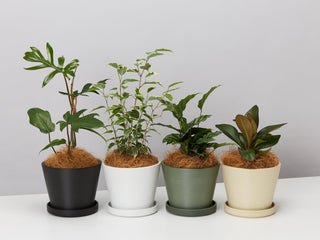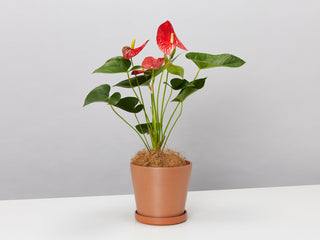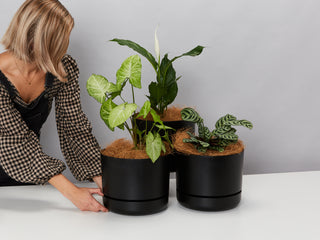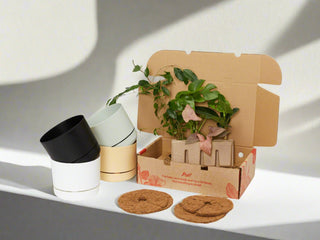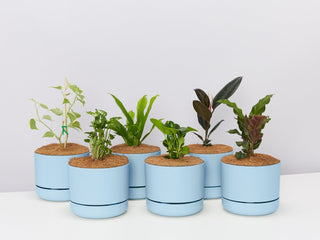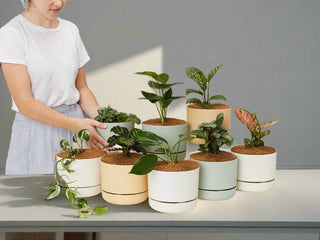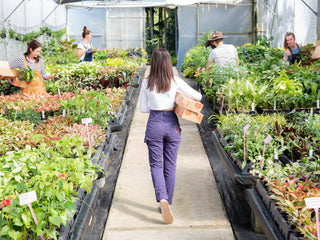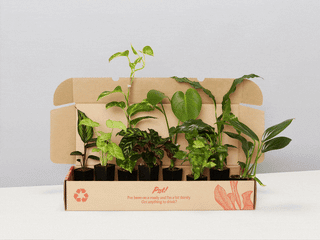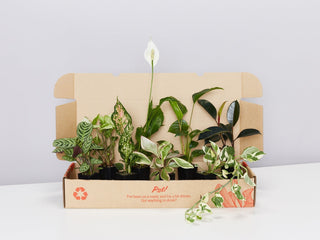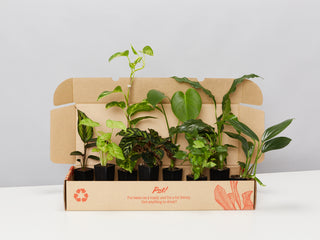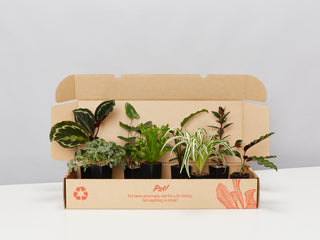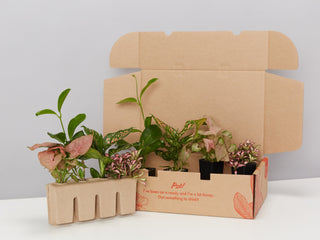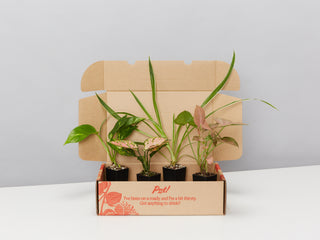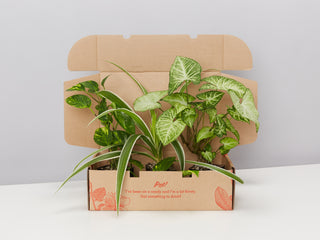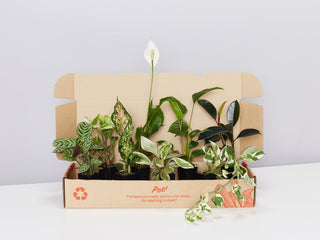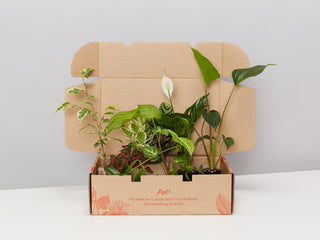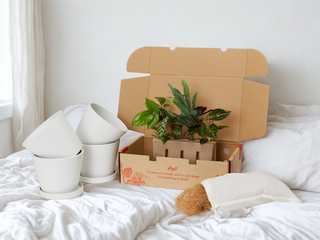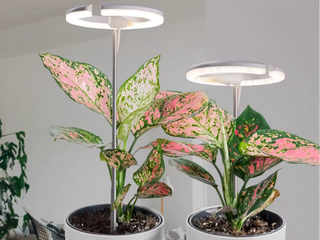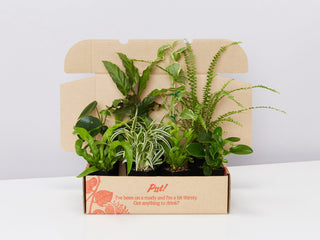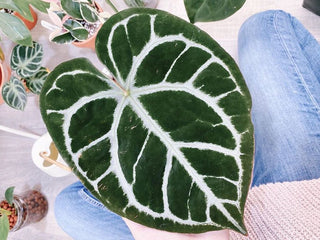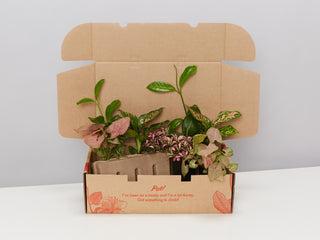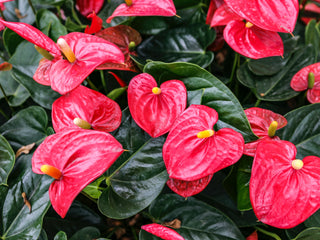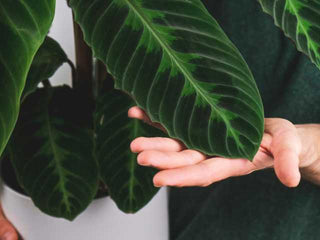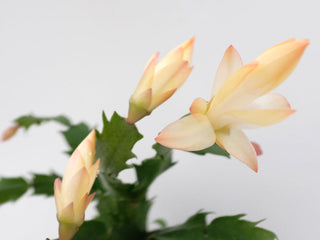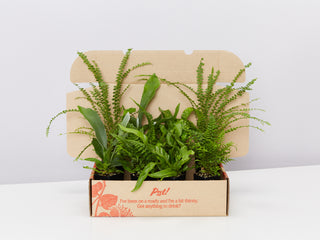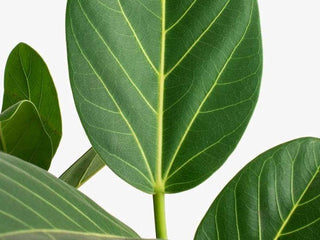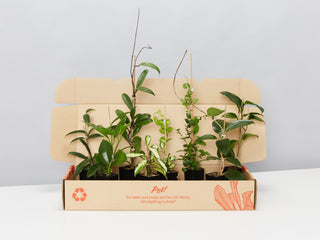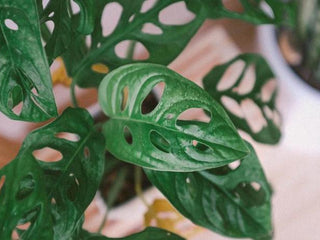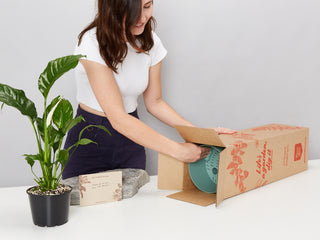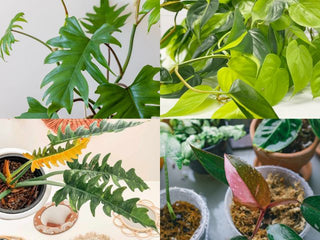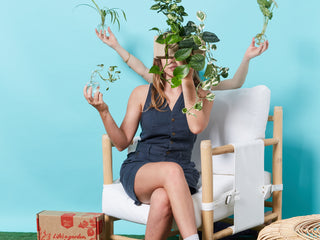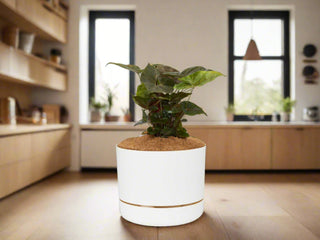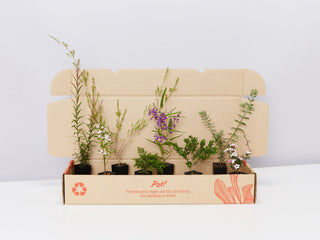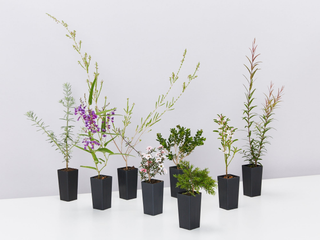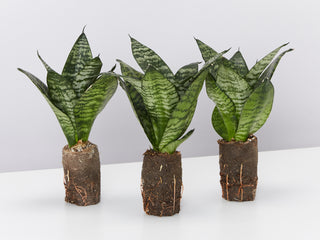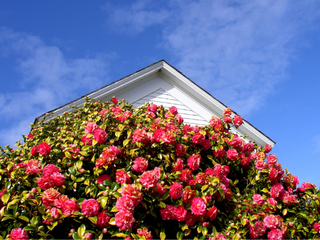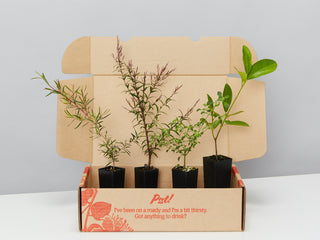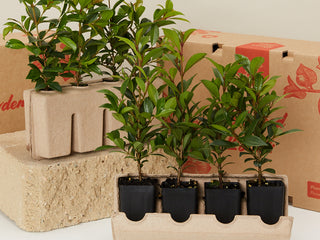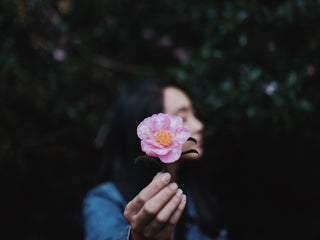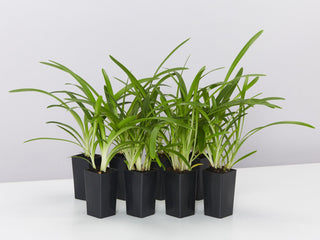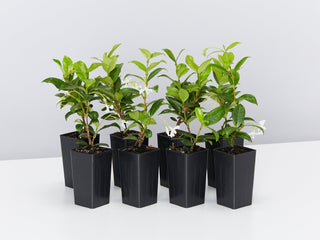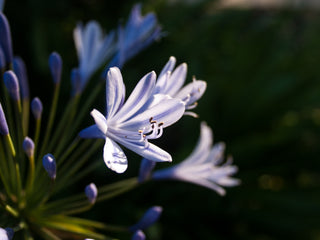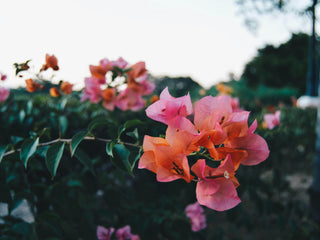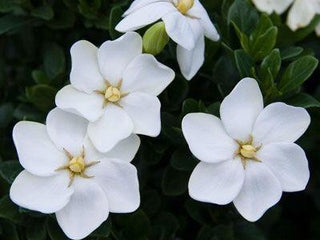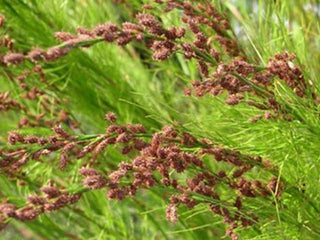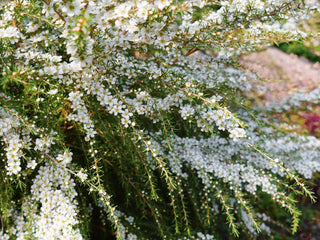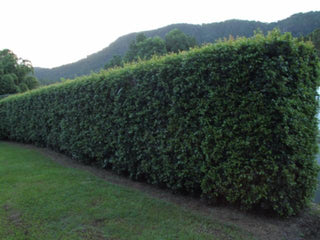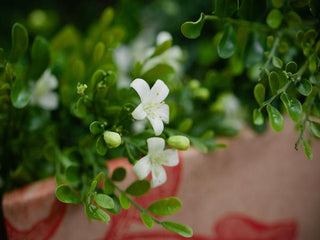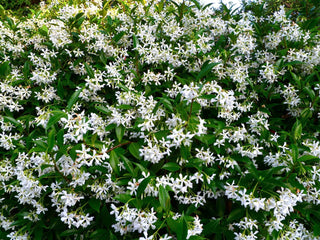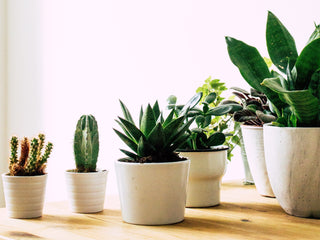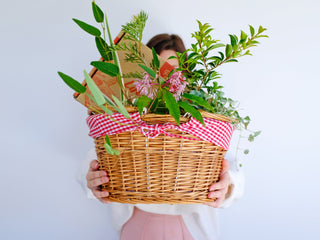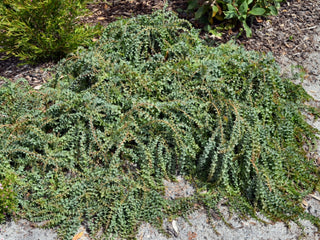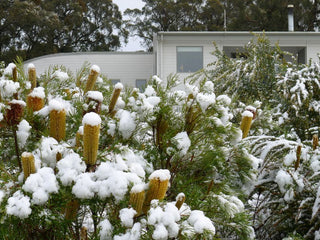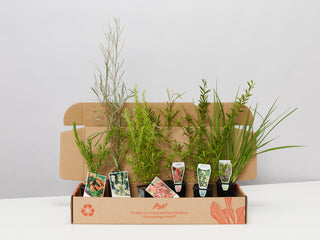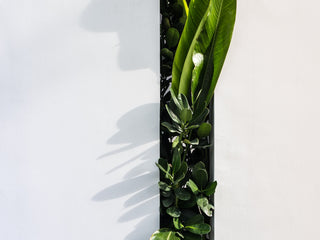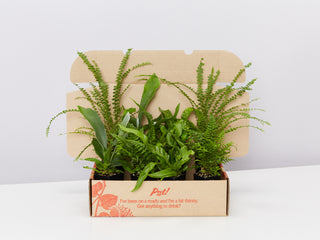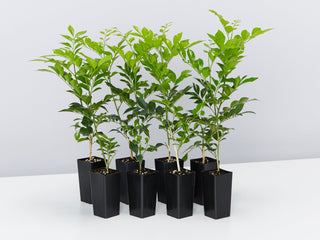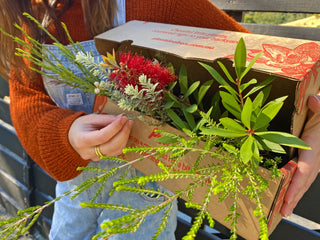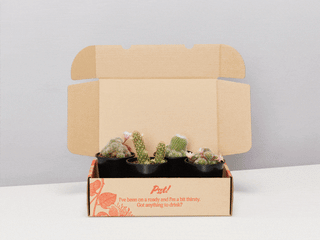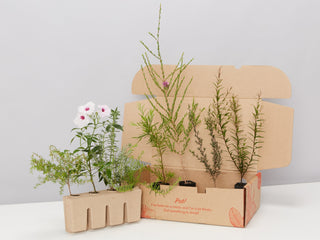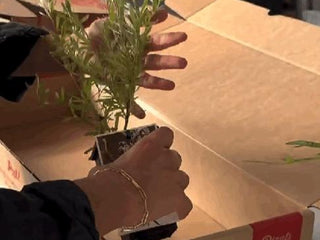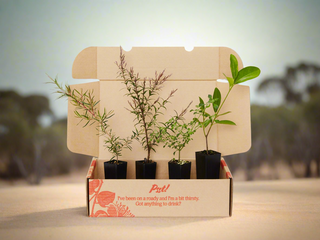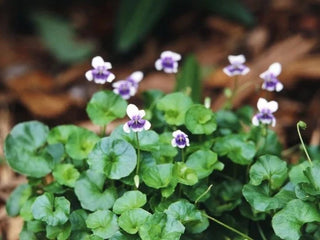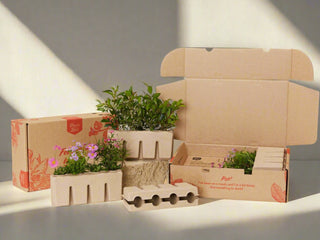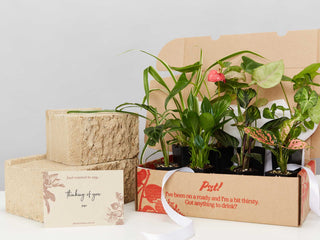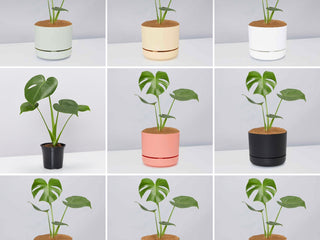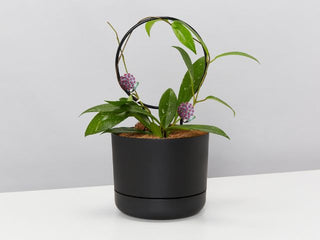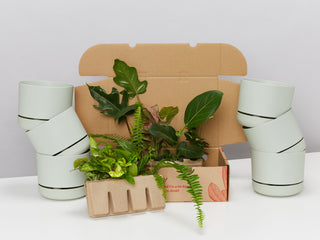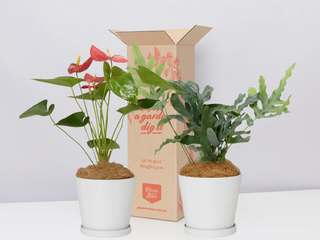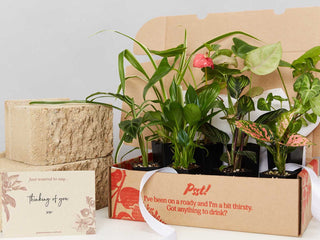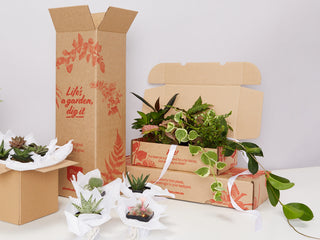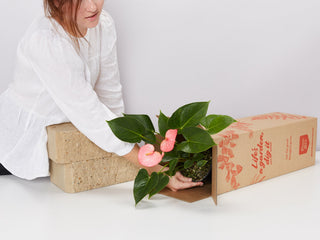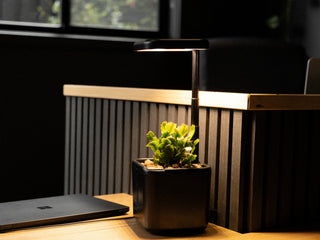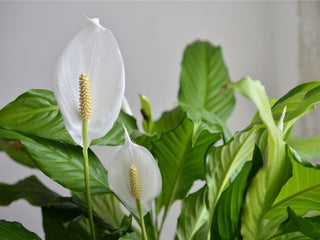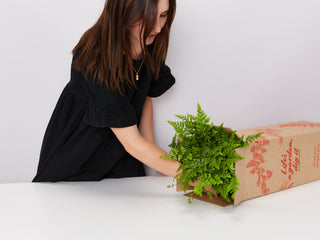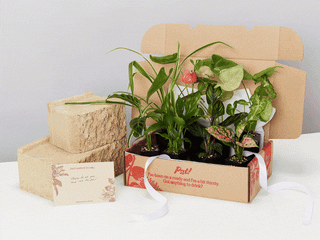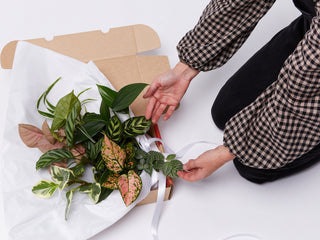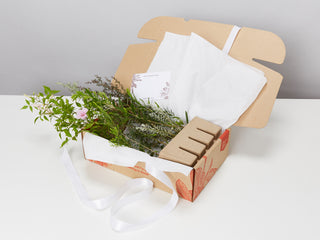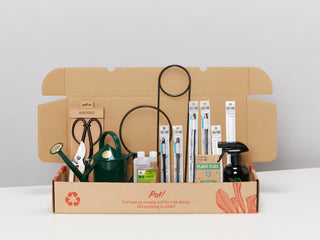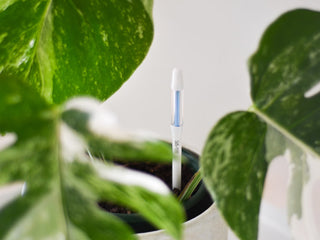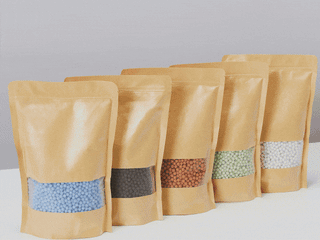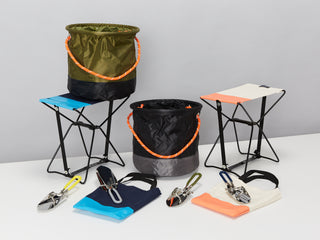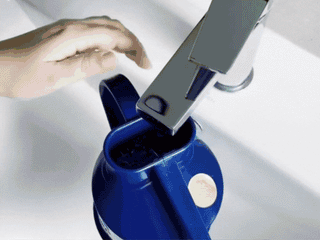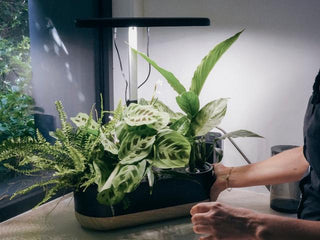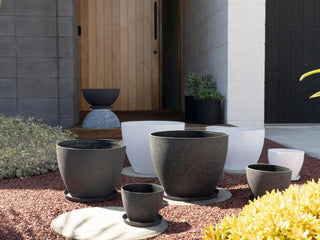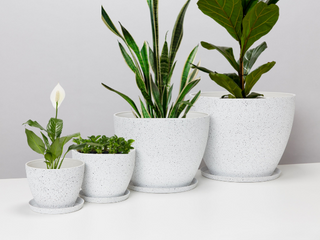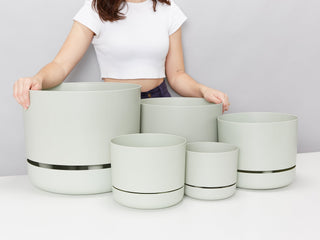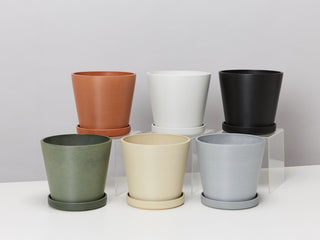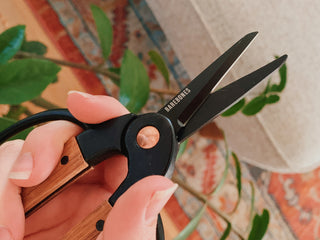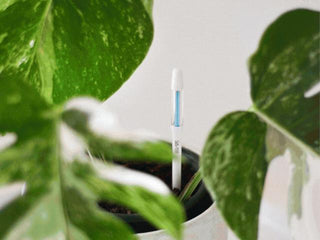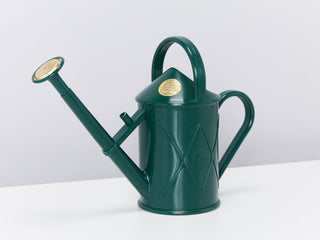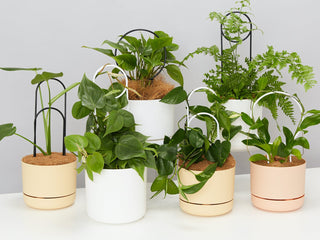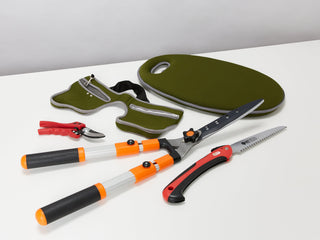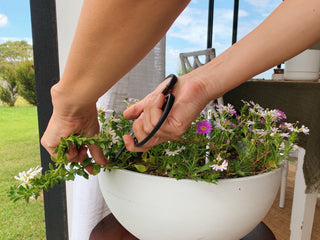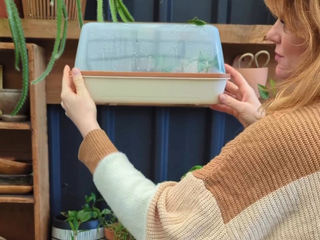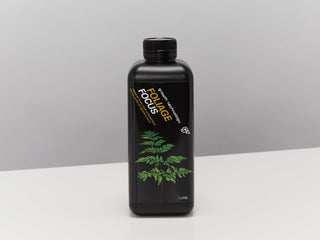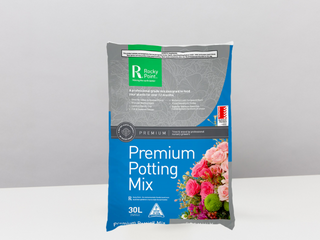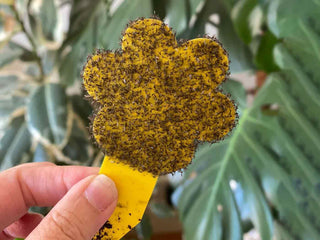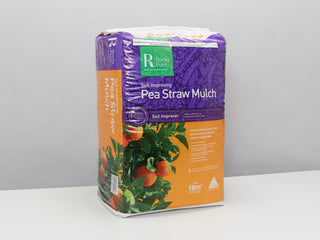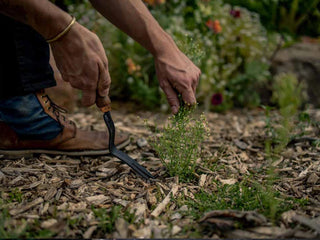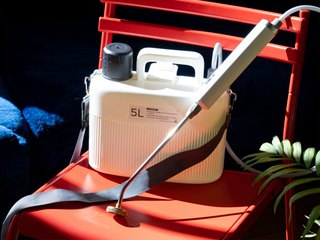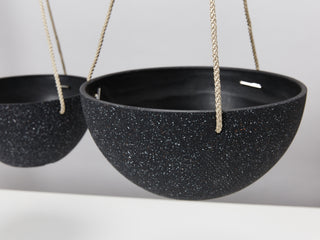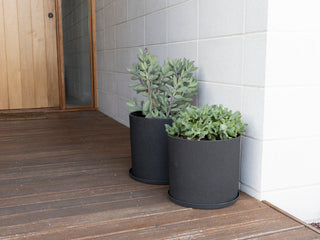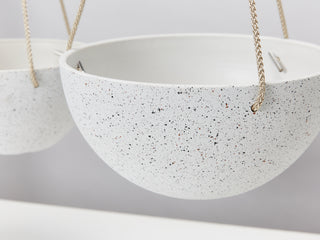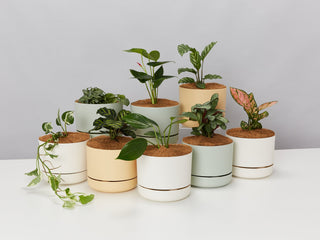Why Your Houseplants Are Dying and How to Save Them
Having a houseplant can bring a relaxing and calming vibe to any home, especially during these trying times. The lush greens and fresh oxygen that it provides can make one's day a whole lot better. But what if the plant starts to wilt, turn yellow, or worst - die? Are you wondering where you went wrong? So come talk about the reasons why your houseplants may be dying and how to bring them back to life.
Lack of Water
Water is vital to any plant's survival. However, giving too much or too little can cause your houseplant to die. Overwatered plants often develop root rot, which makes the roots weak and unable to absorb water and nutrients from the soil. On the other hand, under-watered plants have dry soil or brown tips on their leaves. Before watering your plant, check if the soil is already dry by sticking your finger two inches deep into the soil. If it's dry, then it's time to water, but if it's still moist, wait for a day or two. *Hot tip... Sustee watering meters take the guesswork out of gardening! Now you can easily monitor moisture levels, so your plants stay healthy and happy. It's like a new level of green-thumb paradise - no more playing the water lottery with all your precious greenery.

Poor Lighting
Houseplants need sufficient light to produce energy through photosynthesis. However, too much direct sunlight or too little light can harm your plant. Direct sunlight can cause leaf burn and leaf drop, while low light can cause slow growth and yellowing leaves. You can solve this problem by moving your plant near a window that gets indirect sunlight or investing in grow lights.
Root Bound
When a plant has been in the same pot for a long time, its roots can grow too big and start to wrap around the pot, trapping the plant's growth. This phenomenon is called root bound, and it can cause nutrient and water uptake problems. To fix this, gently remove the plant from the pot and loosen the roots by gently combing them with your fingers. Then, repot the plant to a bigger container with fresh soil.
Low Humidity
Some houseplants, like ferns, orchids, and tropical plants, require high humidity to thrive. If your home's humidity level is low, it can cause your plant's leaves to turn brown at the tips or lose moisture, resulting in wilted leaves. You can increase the humidity by placing a tray of water near the plant, investing in a humidifier or moving them into the bathroom. *Hot tip; Reinvigorate your flora with a plant hack 2023! Repurpose an old plastic duvet bag carrier from Target as an instant greenhouse to provide the high levels of moisture that ferns, orchids and tropical plants need - you can thank us later.

Pest Infestation
Pets like mealybugs, spider mites, and scales can harm your houseplant by sucking the sap from its leaves and stems, causing wilted leaves and stunted growth. To get rid of these pests, wipe the leaves with a damp cloth or use a neem oil and a bit of organic dishwashing liquid that's safe for you and your indoor plants.
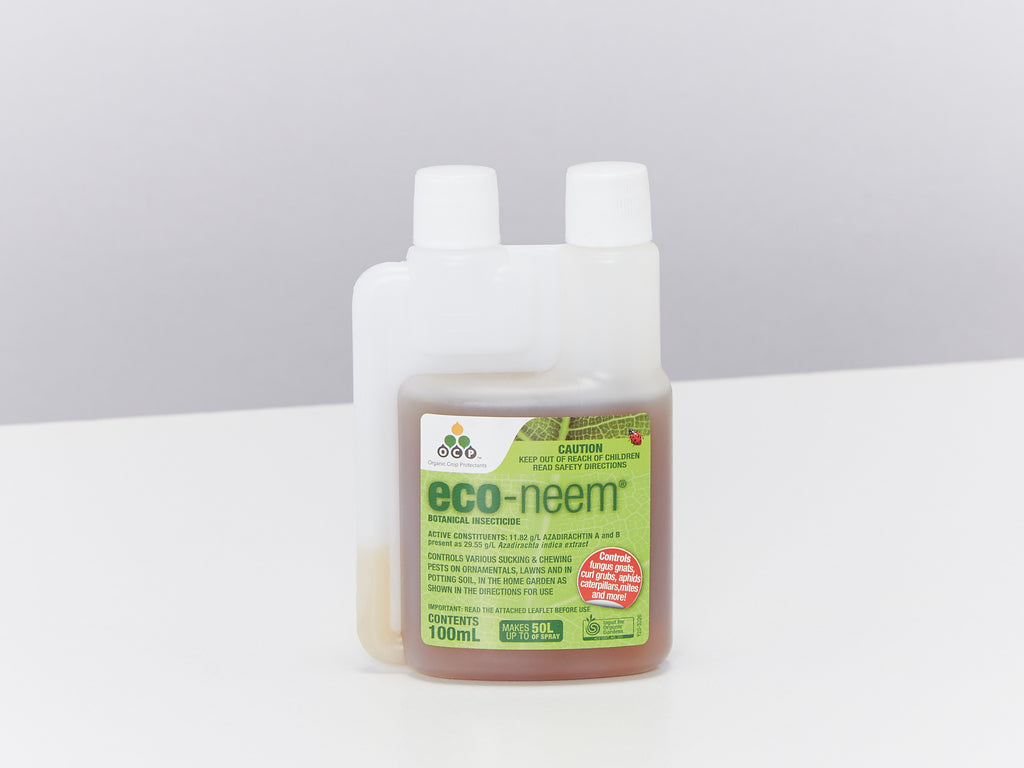
In conclusion, maintaining a healthy houseplant requires a bit of dedication and knowledge. Watering, lighting, humidity, rootboundness, and pest infestation are the common reasons why your houseplants may be dying. By identifying and addressing these problems promptly, you can get your plant back to its thriving state. Remember, a house full of healthy and happy plants will not only brighten your home but also your mood.
